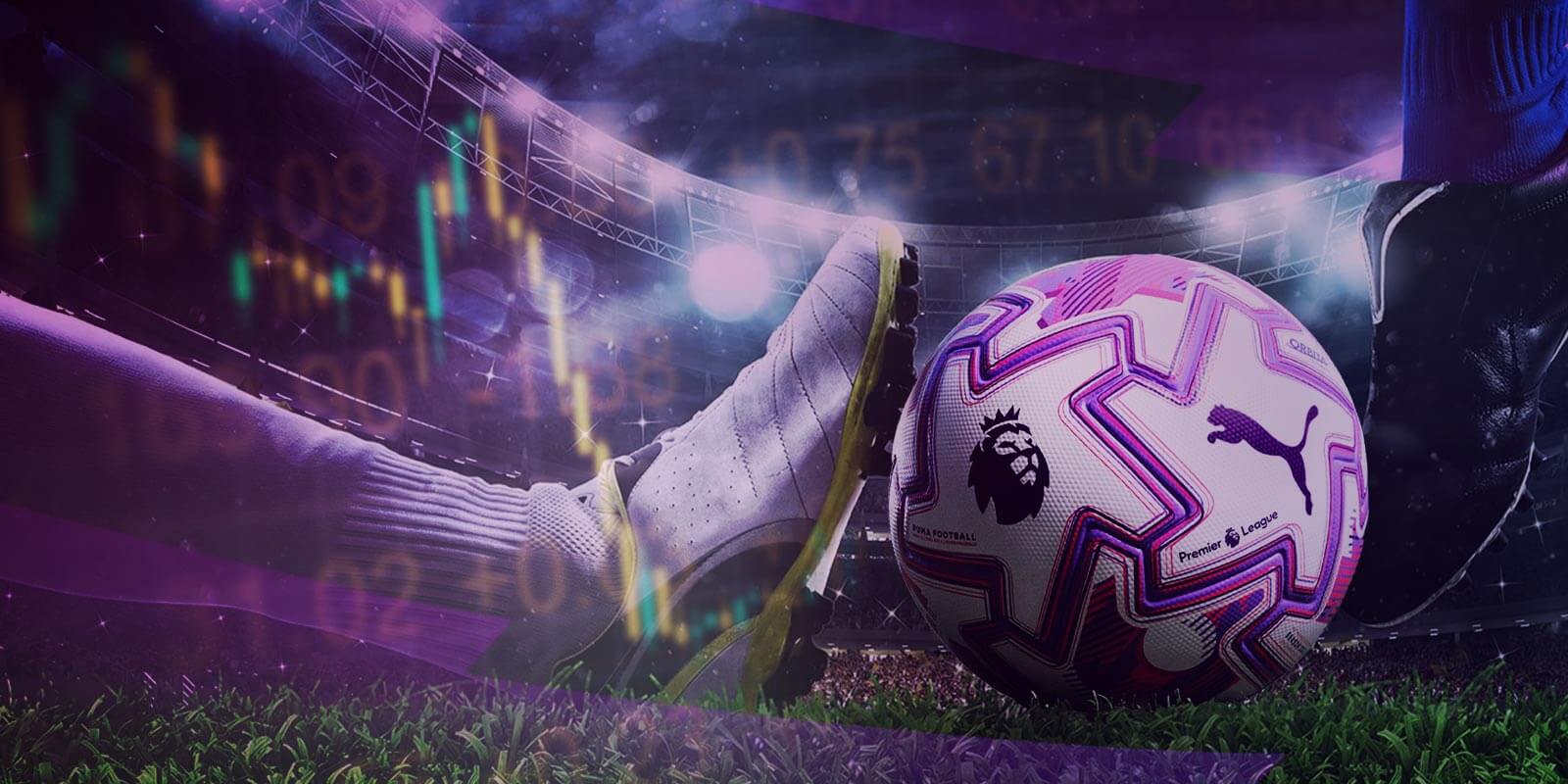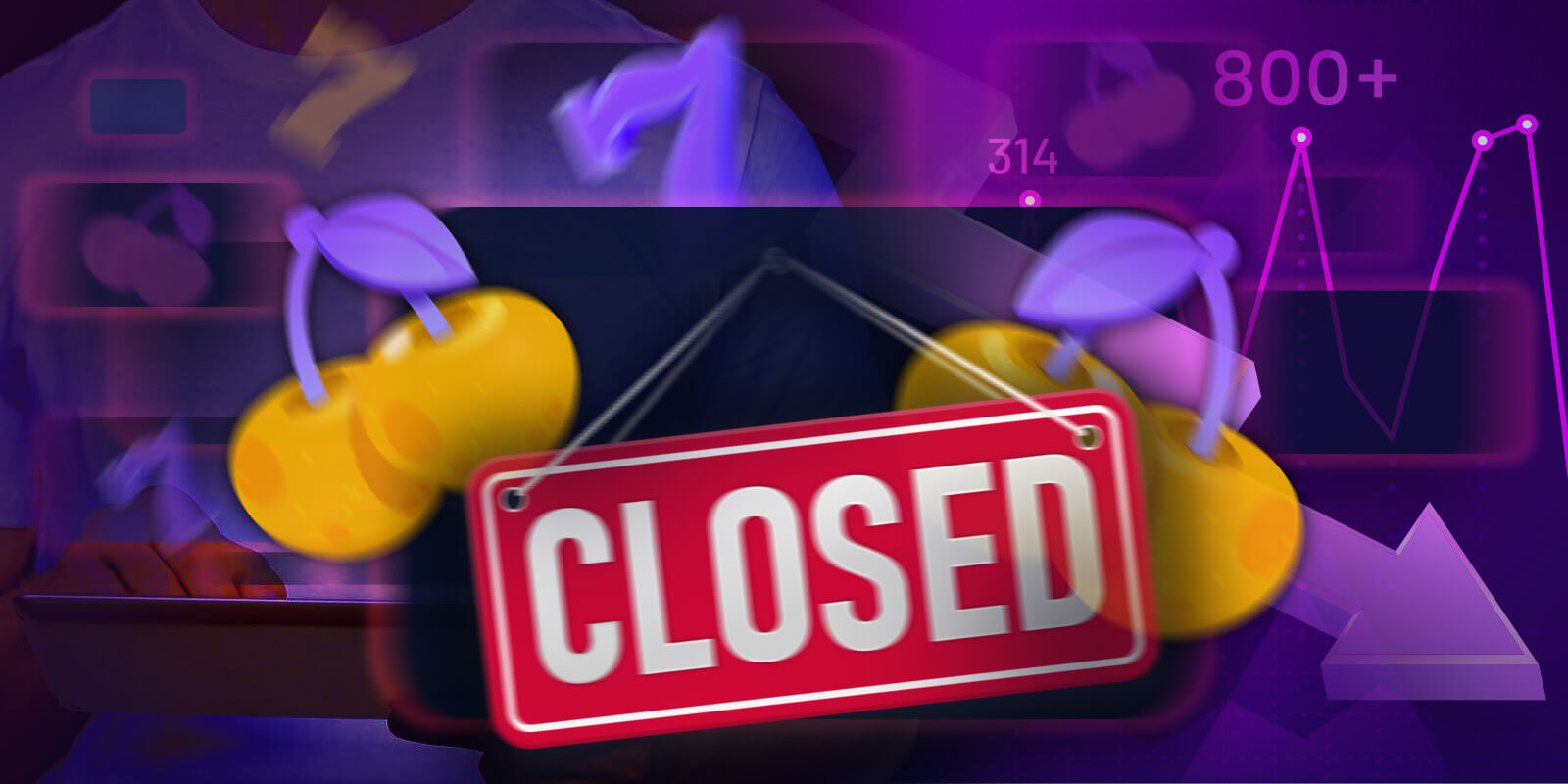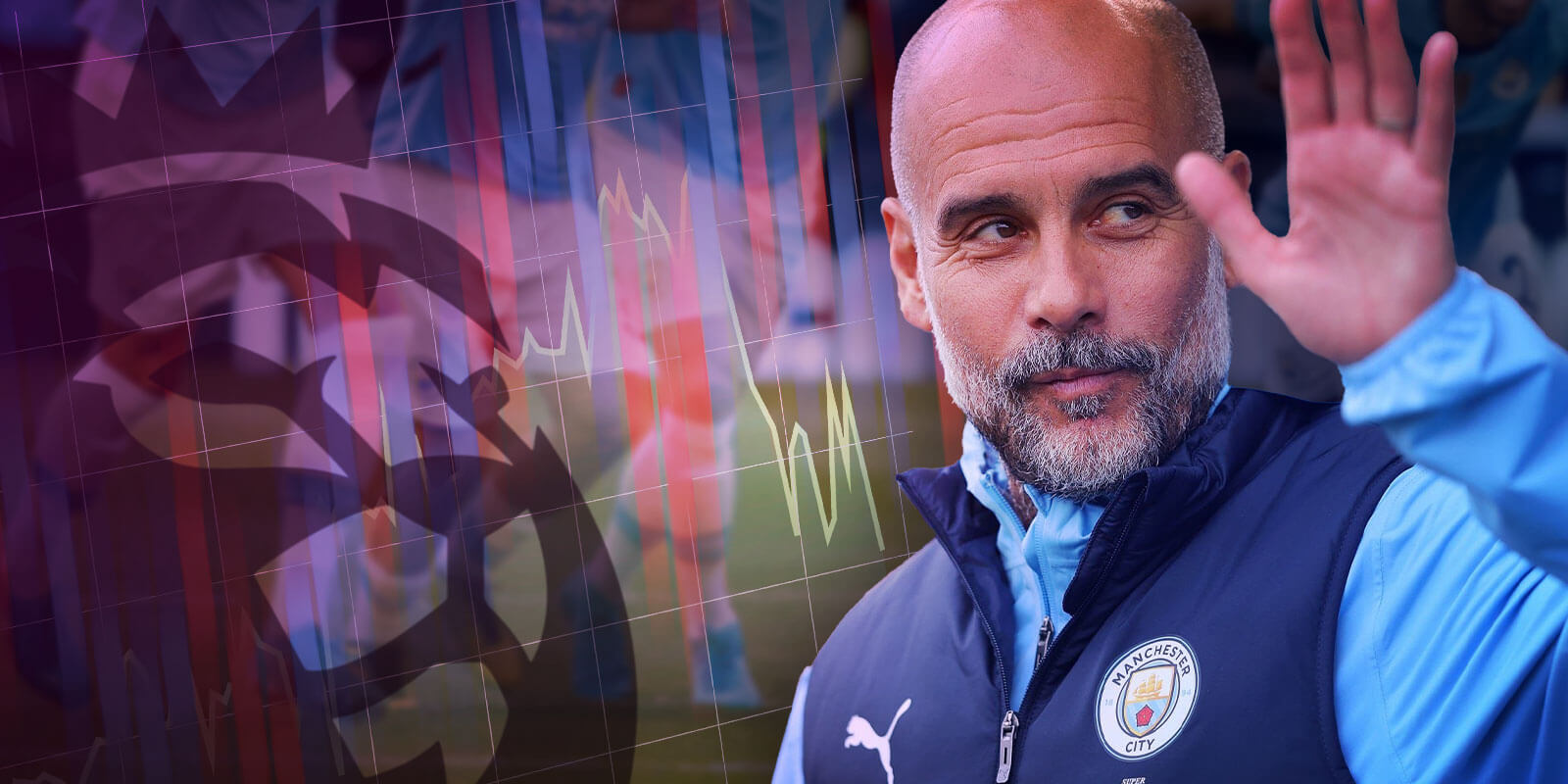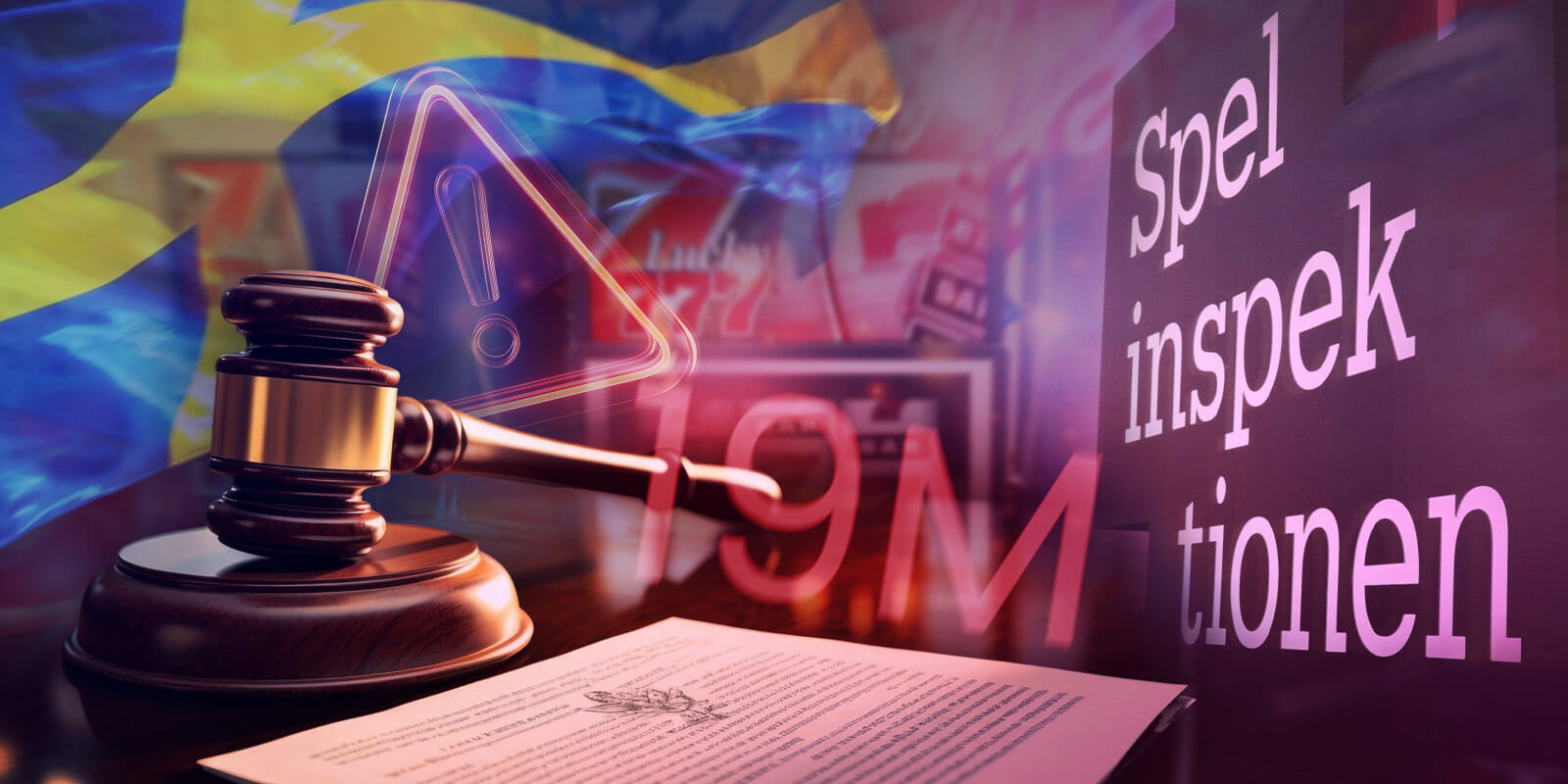What Are the Odds of a Team Winning After Trailing at Halftime?
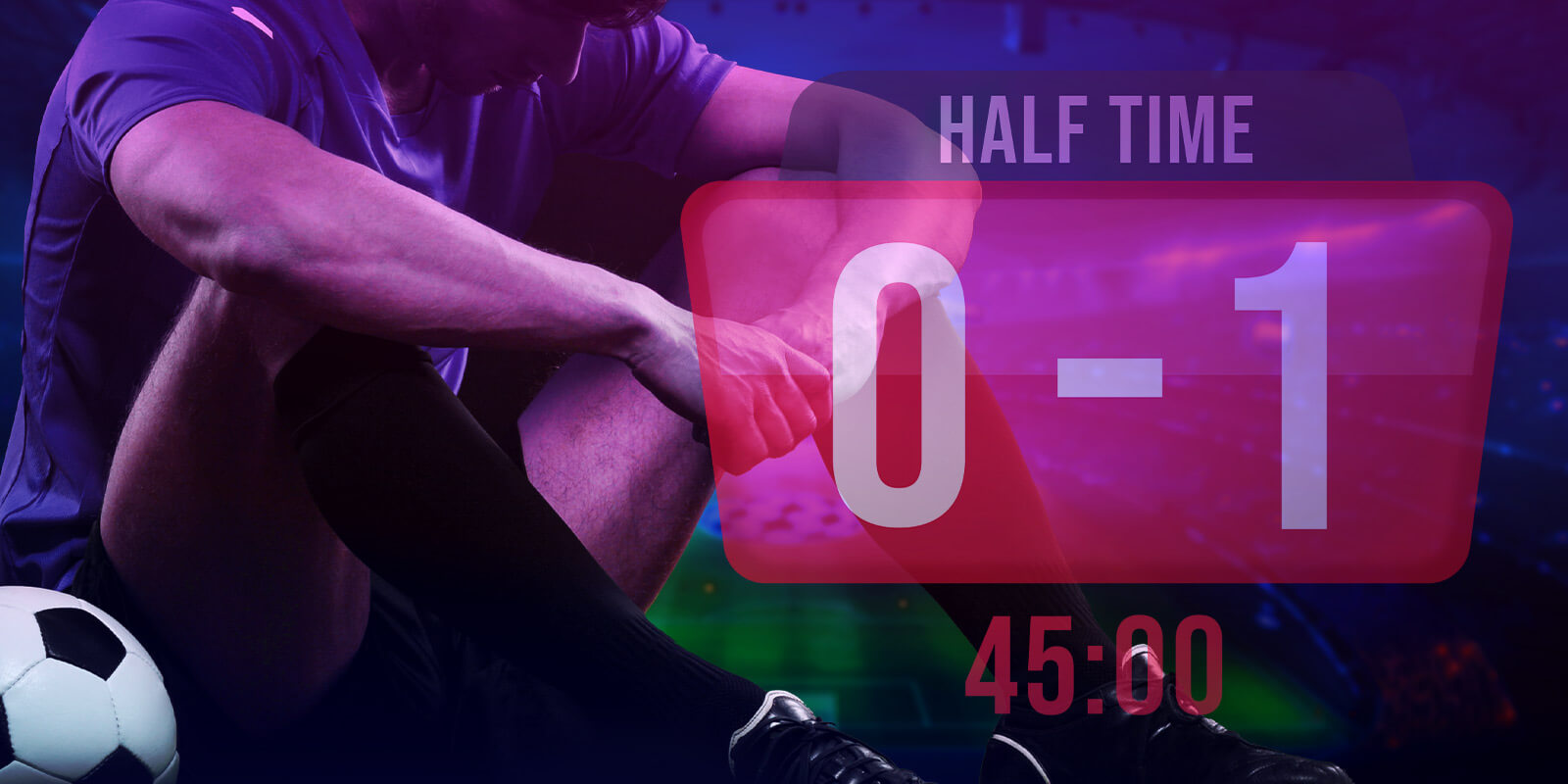
Affiliate Disclosure : We earn a commission from partners links on BetterGambling. Commissions do not affect our editors' reviews, recommendations, or ratings.
In a league as brutally professional as the Premier League, your team going down in the first half might feel horrible. You’re sitting there, frozen, and hoping for divine intervention or a tactical masterstroke of some sort. But let’s be honest, you’re watching and praying more than you’re analysing. So what do the statistics say about these down-at-halftime, up-at-fulltime miracles?
How Often Do Teams Win After Trailing at Halftime?
Across the top five European leagues, that is, the EPL, La Liga, Bundesliga, Serie A, and Ligue 1, the average chance of a team turning a halftime loss into a win is about 7.38%.
Here’s some actual data to back that:
| League | Average Comeback Win Rate (2021-24) | Higher for Favourites? |
|---|---|---|
| Premier League | 8.1% | Yes |
| La Liga | 6.9% | Yes |
| Bundesliga | 9.4% | Yes |
| Serie A | 6.7% | More often than not |
| Ligue 1 | 5.8% | Hardly happens |
Why such a high comeback probability in the Bundesliga, you may ask? The style of play in the German leagues tends to be more open, with quicker transitions and less aggressive defending. Each team plays for the win up to the last minute, regardless of who they are up against. Ligue 1, on the contrary, shuts shop quicker.
Why Second-Half Wins Are Rare, But Not Impossible
So why do second-half comebacks fail so much? For starters, there’s only 45 minutes on the clock to execute it, or even less if you subtract stoppages, VAR delays, and the five minutes the ball rolls towards a corner flag.
These kinds of second-half comebacks are rare, and that’s what makes them legendary. They’re not just wins; they’re moments that get narrated in pub tales, immortalised in montages, and occasionally shouted about in group chats for years.
Conditional Probability in Football: Modelling Second-Half Comebacks
Here we get into the brain stuff, so get your nerd hat on! The probability of a team winning given it’s losing at halftime is a classic example of conditional probability:
P(Win | HT Loss) = Number of Wins After HT LossTotal HT Losses
Let’s say a team has lost at halftime 100 times over 3 seasons and won 9 of those matches:
P(Win | HT Loss) = 9100 = 0.09 or 9%
This is probability in its purest form, but the numbers aren’t exactly static. They shift depending on context. Common considerations include whether the team trailing is the favourite or the underdog, or if the opposition has a tendency to crumble under pressure.
Momentum, match state, quality of substitutions, and fatigue all play a role. Conditional probability doesn’t account for drama, which is why, despite finding it a very useful tool, we don’t hinge all our hopes on it.
League & Team Trends: Where Do Comebacks Happen Most?
Not all leagues (or teams) are created equal when it comes to fightbacks. Here’s where it gets fun for data nerds and gamblers:
- Bundesliga: Easily the most comeback-friendly theatre in Europe’s top five leagues, with a 9.4% comeback win rate. Over in Germany, teams don’t get halftime pep talks about sitting back and protecting a lead. They get handed a second wind and told to keep swinging instead.
- Serie A: With a 6.7% comeback rate, you could be forgiven for putting it all down to dramatic tactical pivots. But it’s more about the game being already defensive from the first whistle. So when a team’s trailing at halftime, they’re not only chasing the score but also trying to breach a tactical fortress.
- Premier League: Mid-table PL teams often swing wildly, one week they’re comeback kings, the next they’re collapsing helplessly, letting in 5. The top six, though, are a different breed. Clubs like Manchester City, Liverpool, and even Arsenal have the bench depth and tactical muscle to flip a match after halftime.
Teams to watch for a second-half comeback potential include:
- Man City because nothing beats depth.
- Dortmund because they just never seem to stop pressing, which is super-disruptive.
- Atalanta by always playing like they need a goal urgently.
Expected Value of Betting on Second-Half Turnarounds
Here’s the maths behind whether you should ever place that comeback bet:
EV = (Pwin × Odds) − (1 − Pwin)
If, for instance, you think Pwin is 0.25 (25%) and the live odds are 5.00, the expected value would be:
EV = (0.25 × 5.00) − (1 − 0.25) EV = 1.25 − 0.75 = 0.50
A positive EV, which is a good bet, but only if you really believe that 25% chance. Here are three vital signs that a comeback win bet might be worth the risk:
- xG is massively in favour of the trailing team
- They’ve hit the post twice and missed a sitter
- The dominant team just subbed off their best CB
Any other way, that 5.00 line is probably a beautifully wrapped trap.
